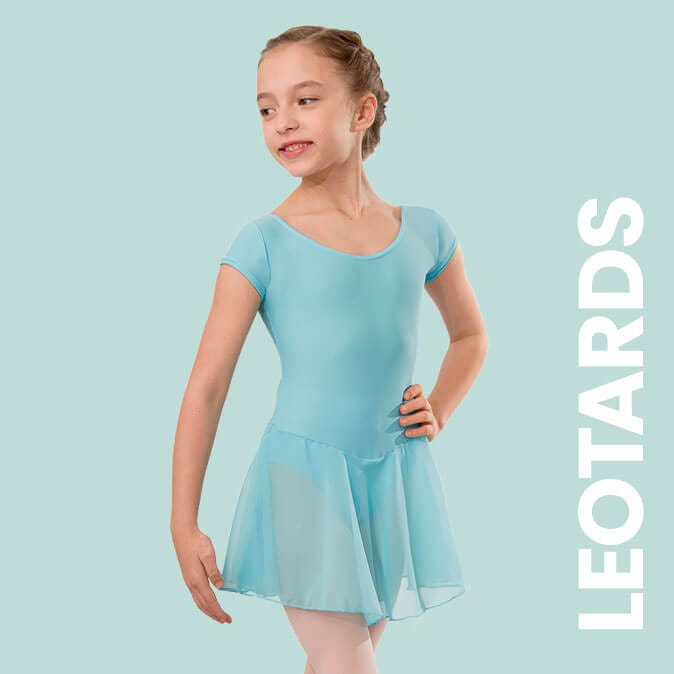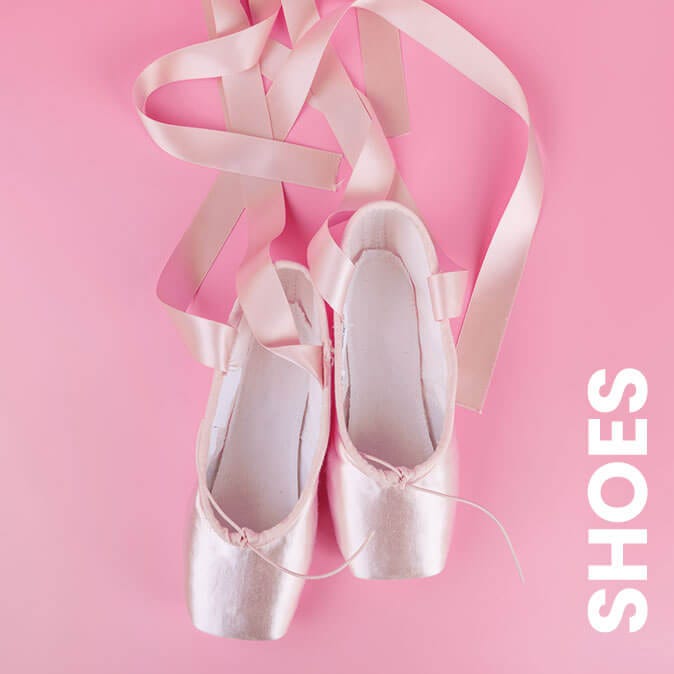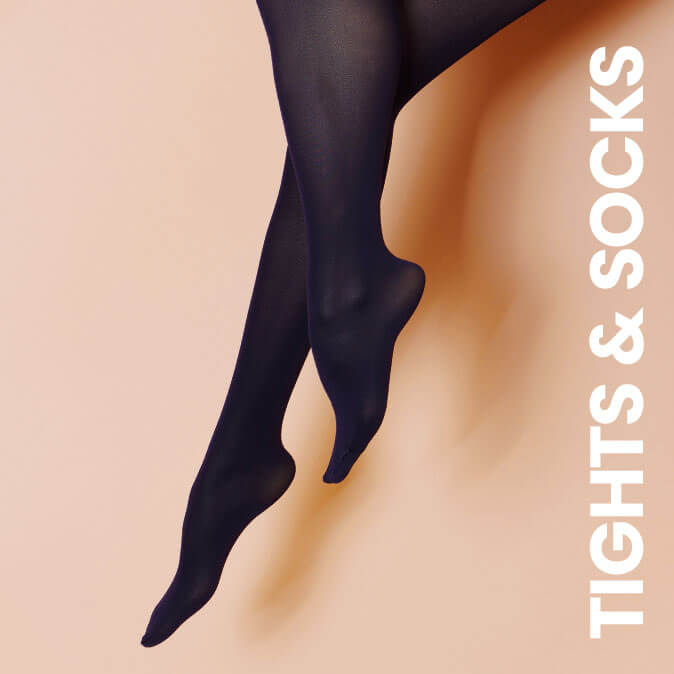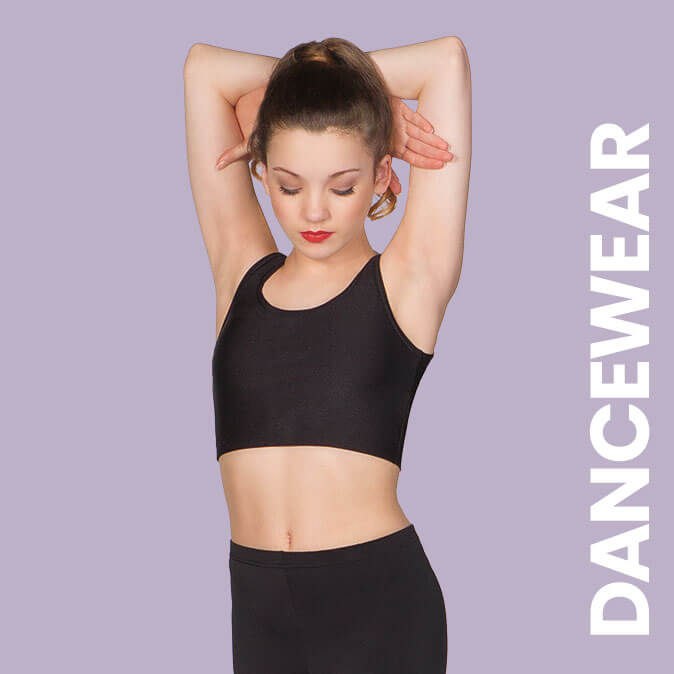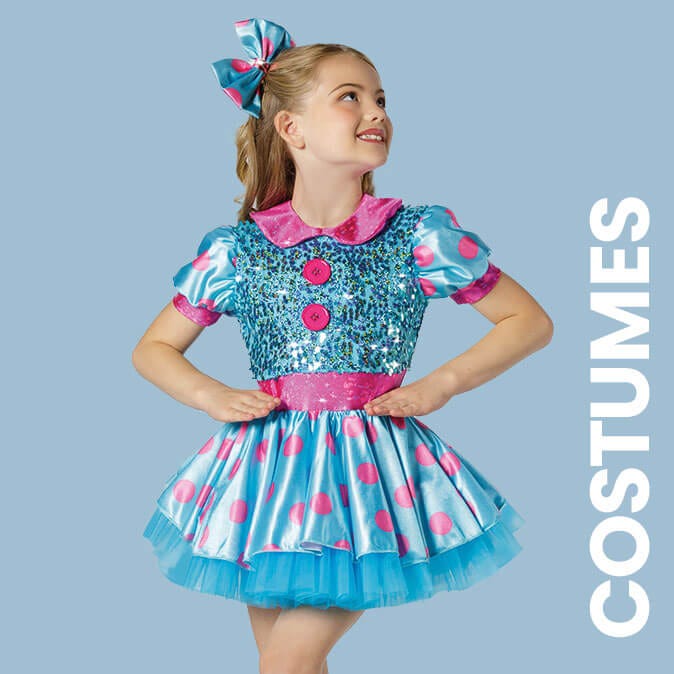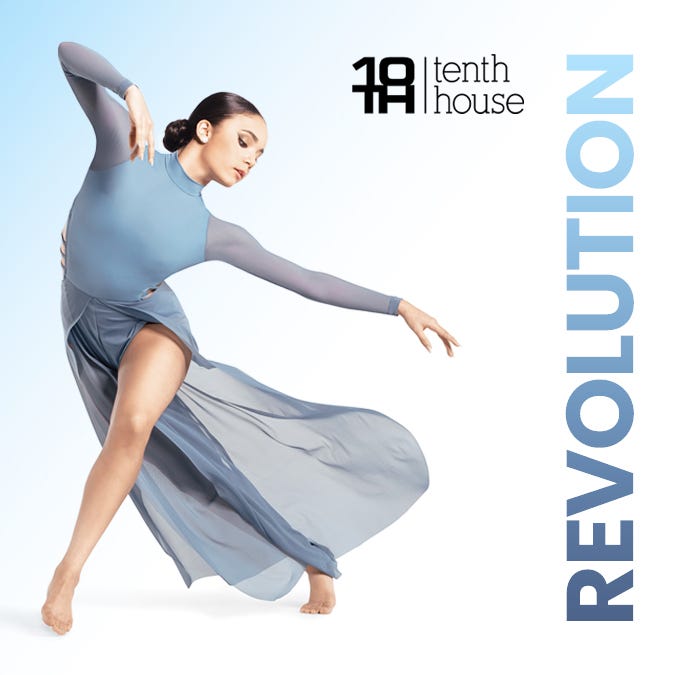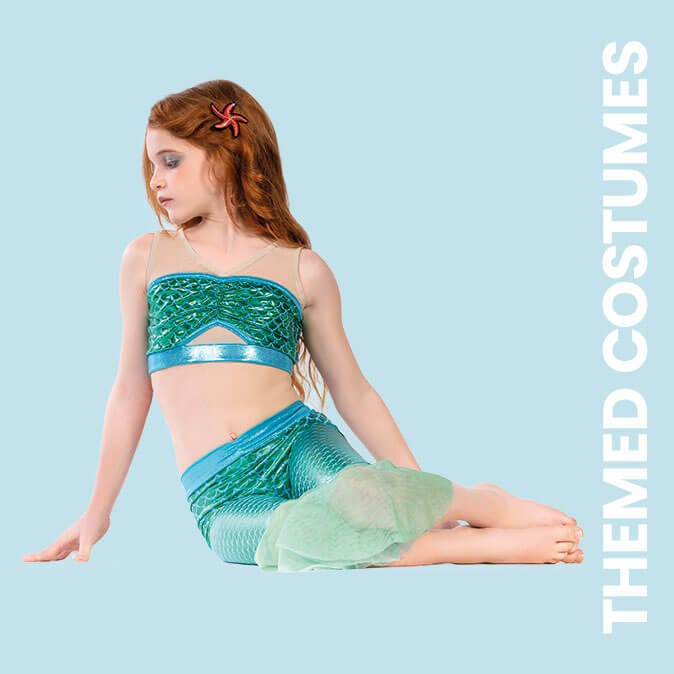Stretching Strife
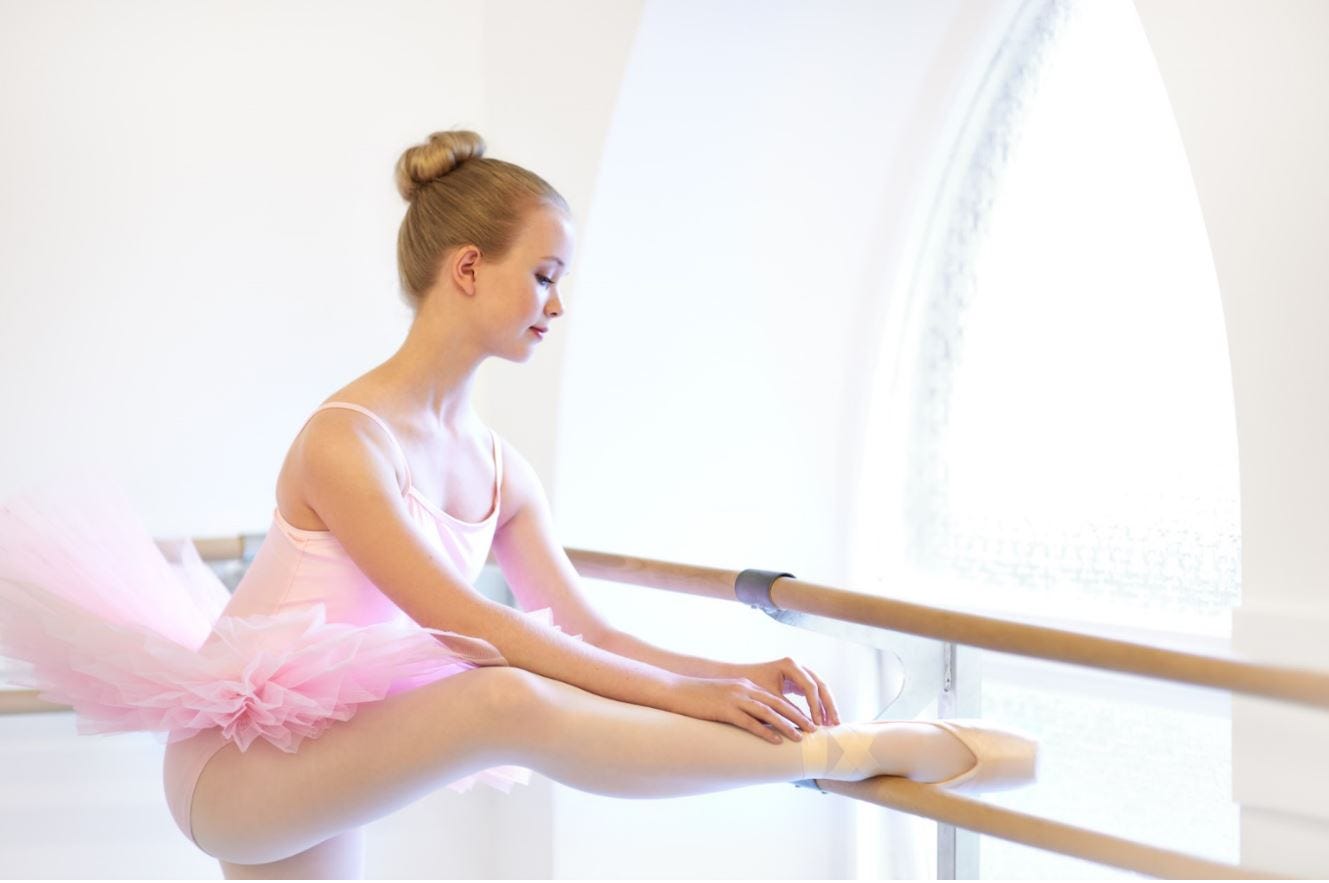

It is almost impossible to think about dance without thinking of stretching. On the whole, dancers stretch to help them feel limber enough to take class, rehearse or perform, but also to improve and maintain overall range of movement. Flexibility can be improved, however each body has its own natural range which places limits on how far it can be pushed without doing damage.
Muscles are made up of elastic and non-elastic components, and all muscle fibres are surrounded by connective tissue. It is not the muscle fibres themselves that stretch but the connective tissues. Overstretching is common, with the main reasons for this including the influence of social media and the culture of “tricks” over artistic interpretation.
In terms of stretching myths, for example, stretching can - but not always - help relieve sore muscles, and it depends on the intensity of activity and the type of muscle soreness. Stretching should probably be avoided if the soreness in question is present during or up to 30 to 60 minutes after exercise, as it may cause micro-damage. By contrast, delayed onset muscle soreness - which occurs 24 to 72 hours post-activity - is caused by enzymes and other chemical irritants around the muscle fibre. Moderate exercise and gentle stretching therefore increases blood flow and can aid recovery.
Stretching myths persist for many reasons, perhaps most likely because of the culture of dance and its teaching. Age-old methods can mean they are never questioned or countered with alternative thinking or findings, and the same can be said for stretching. In particular, specific stretching techniques can form the basis of some dancers’ training if their teacher is greatly respected, or the dancer has taken their information from an influential health practitioner.
As for some general rules, avoid any prolonged stretch held for very long periods: a few repetitions of a 30-second hold is sufficient to increase range of muscle tissues. Other activities to avoid are partnered stretches, unless guided by a professional, and any stretches that takes a dancer into pain in their joints rather than muscles.
